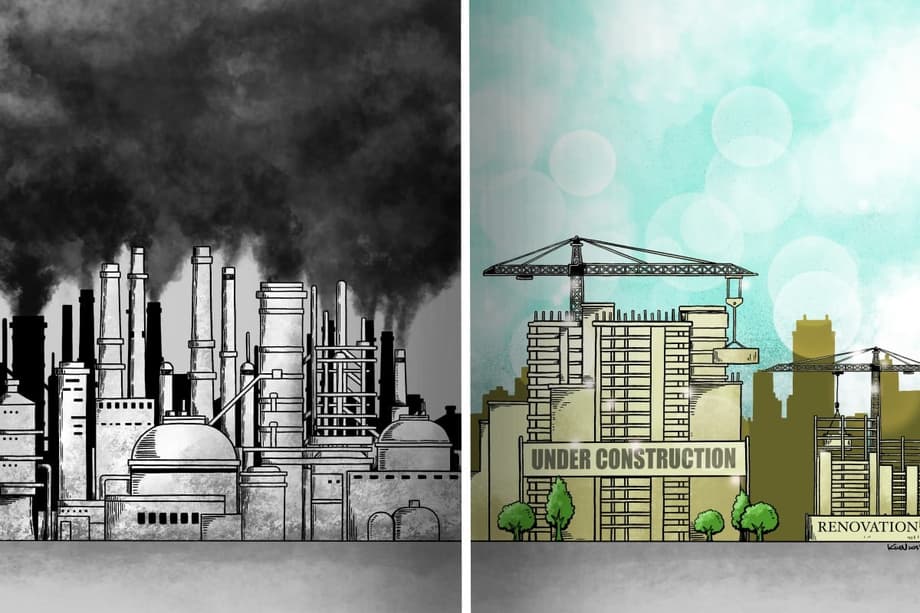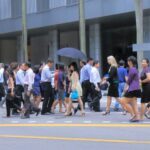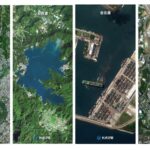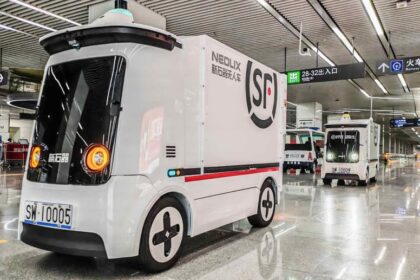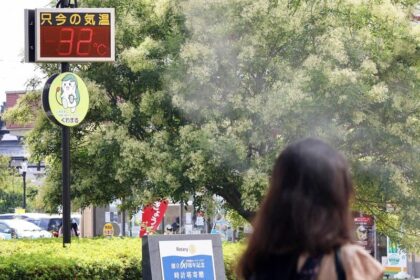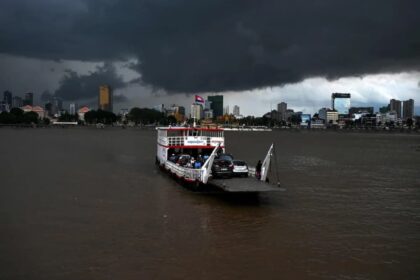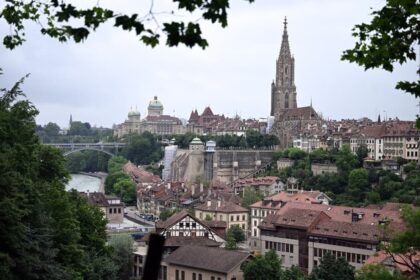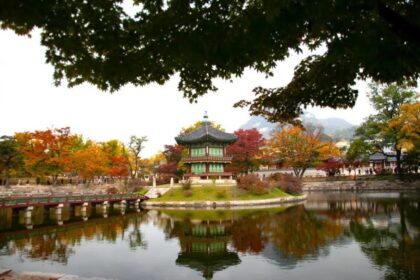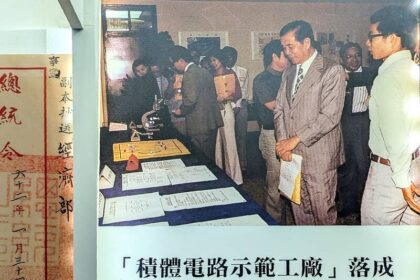Cities built for heavy industry now chase new growth
Across China, cities that once powered the nation with coal, steel and machinery are rewriting their economic playbooks. Panzhihua in Sichuan, a city carved into the mountains on the upper Yangtze in the 1960s, helped forge the backbone of modern industry. Today it is repositioning itself with wellness tourism and cleaner production, a shift that mirrors national goals to move from high speed expansion to people centered growth. The story is echoed in coalfields that now host solar lakes and in factory towns pivoting to advanced equipment, clean energy and digital services. The transition is uneven and complex, yet the direction is unmistakable.
- Cities built for heavy industry now chase new growth
- Panzhihua moves from steel to wellness and advanced materials
- Coal heartlands turn to solar, wind and hydrogen
- What is driving the transition
- Cities chase talent, innovation and capital
- Can former hubs of heavy industry climb the value chain
- How to measure progress and avoid common pitfalls
- What to Know
Why the model is changing
Urbanization is slowing and the property cycle is under pressure, reducing the old drivers of construction and land finance. China has set twin climate targets, with a carbon peak before 2030 and carbon neutrality by 2060, which reorients investment toward cleaner power, greener industry and energy efficiency. Global manufacturing is digitizing, export markets are more volatile, and competition is tougher. That mix pushes cities to raise productivity, diversify beyond resource extraction, and build economies that retain skilled workers through better services, quality of life and modern industries.
The government calls this push new quality productive forces, an agenda that favors advanced manufacturing, clean tech, basic research and the digital economy. Resource based cities, of which there are more than two hundred by official classification, face a pointed challenge. Many were designed around a single dominant resource with supporting institutions and infrastructure optimized for extraction. When ore grades fall or mines decline, local tax bases weaken and private investment hesitates. Reinvention requires different skills, finance, and often a new identity that appeals to residents and employers.
Panzhihua moves from steel to wellness and advanced materials
Panzhihua illustrates both the promise and the friction of change. Built in the 1960s to anchor a western industrial corridor, it became home to Pangang Group, the largest steel enterprise in western China and a major producer of vanadium and titanium. The city is now promoting its climate advantage and sunshine to attract wellness tourism while upgrading metals toward higher value alloys and materials. Local leaders want to keep the strengths that come from an industrial base, yet reduce pollution, broaden the economy and bring in new talent.
The city of roughly 1.2 million has made environmental gains, added new sectors, and invested in public spaces. Challenges remain familiar to many former company towns. The industrial base is still narrow, innovation capacity is limited, and recruiting young graduates is difficult. A broader services sector and stronger small and medium firms would reduce the risk of boom and bust cycles tied to commodity prices. Residents and researchers say the city is trying to avoid a classic rust belt decline, but they also acknowledge that success is far from guaranteed.
Coal heartlands turn to solar, wind and hydrogen
In coal regions from Jiangsu to Inner Mongolia, landscapes once scarred by subsidence are turning into clean energy sites. In Xuzhou, Jiangsu Province, a former mining area in Peixian county now holds a 500 megawatt floating solar base spread across more than 700 hectares. The project generates over 600 million kilowatt hours each year, saving about 190,000 tonnes of coal and cutting around 490,000 tonnes of carbon dioxide annually. The site uses a solar fishery model, with photovoltaic panels above water and aquaculture below, combining power generation with local livelihoods and ecological recovery.
Xuzhou has moved beyond single projects. Another solar fishery site in Liuxin produces nearly 100 million kilowatt hours per year. The city has built dozens of national level green factories and a renewable supply chain that pushed the output value of new energy industries above 100 billion yuan last year. Companies are seeding next generation projects, from energy storage to fuel cells. One hydrogen fuel cell firm in Peixian says it can assemble up to 10,000 stacks annually while working with universities on testing platforms. The goal is to foster a full ecosystem that includes manufacturing, research, services and skilled jobs.
A resident of Peixian in Xuzhou described the change a decade on from mine closures.
Now we have wetlands, clear water, and birds coming back. People walk, jog and fish here in the evening. It is completely different from what it used to be.
Similar projects have spread nationwide. Ordos in Inner Mongolia has deployed a 500 megawatt solar facility on abandoned mine land, reducing dust and erosion while greening the surface with drought tolerant vegetation. Huainan in Anhui started building a 390 megawatt site in September that is expected to produce 10.9 billion kilowatt hours across its lifetime. In Shanxi, long a coal hub, a new solar complex backed by 21 billion yuan of investment will supply about 9.3 billion kilowatt hours a year to northern cities including Beijing and Tianjin. Installed solar capacity reached about 1,120 gigawatts by August, up nearly half year on year, which underscores the scale of the shift across power systems and local industrial bases.
What is driving the transition
Policy pillars and what the data show
Policy has been decisive. The Sustainable Development Plan of Resource Based Cities, launched in 2013, set a roadmap for moving beyond extraction. Empirical work using panel data for hundreds of cities between 2007 and 2023 finds that the plan is associated with upgrading the industrial structure, measured by a rising share of services relative to manufacturing. Researchers attribute the gains to three channels: green patents, deeper human capital, and higher inflows of foreign direct investment. The effects tend to be stronger in places with higher income levels and denser populations, which signals that local context matters.
Other studies track low carbon transition with composite indices for more than two hundred prefecture level cities. These show fast improvement from 2011 to 2019, with eastern hubs in the Beijing Tianjin corridor, the Yangtze River Delta and the Pearl River Delta leading. Factors that support progress include low carbon pilot policies, higher per capita FDI and higher population density. Being a resource based city can be a drag in the early stages, especially where infrastructure is old or growth targets are set too high relative to local capacities. The pattern points to a need for tailored plans that match resources and stage of development.
Digital infrastructure as a green engine
Digital networks are not just about speed and convenience. A nationwide analysis that treated the Broadband China program as a quasi natural experiment examined 271 cities from 2003 to 2019. The results show that stronger digital infrastructure tends to raise green economic performance by increasing energy efficiency, enabling digital industries and stimulating green innovation. These pathways help factories control energy use, guide logistics more efficiently, and make it easier for new services to take root in places once defined by extraction.
The authors of the digital transformation study, who evaluated city level outcomes under Broadband China, captured the core point in one sentence.
Digital infrastructure can enable green economic transformation in Chinese cities.
Environmental policy design matters as well. Comparative work on environmental regulations across nearly three hundred cities suggests that command and control rules and broad regulatory frameworks can produce positive effects both locally and in nearby areas. Market incentive and public participation tools also help at the city level, though the spillovers in some cases can be weaker or even negative in neighboring jurisdictions. Synergy across policies inside major city clusters such as the Beijing Tianjin Hebei area and the Yangtze River Delta tends to amplify gains when policies are coordinated.
Cities chase talent, innovation and capital
Transforming a resource town into a modern city depends on people as much as on projects. Young graduates weigh wages, schools, parks, and cultural life, not just starting salaries. That is one reason ambitious city clusters draw a disproportionate share of investment and skills. The Yangtze River Delta, anchored by Shanghai and spreading across Jiangsu, Zhejiang and Anhui, combines a strong business environment with deep research networks and advanced manufacturing. The region accounts for roughly a quarter of national output and more than a third of foreign trade by value, and it attracts a large share of foreign capital and services activity. That momentum creates a feedback loop that is hard to match for inland cities.
Even leaders like the Yangtze River Delta face internal gaps and coordination problems. Local protection and overlapping industrial plans can split markets and create overcapacity, which reduces competitiveness over time. For resource based cities trying to catch up, the lesson is that collaboration across jurisdictions helps avoid duplication and supports unified standards. Investment in universities, vocational programs and public services pays off by raising human capital, a point reinforced by research on science and technology finance. Where human capital and digital infrastructure are stronger, science and technology finance has a larger positive effect on innovation and on measures of high quality growth. Cities with weak innovation ecosystems do not see the same returns from new funds or parks.
Can former hubs of heavy industry climb the value chain
There is a clear window to move beyond raw resource extraction. Advanced materials, grid scale renewables, equipment upgrades, robotics and low carbon services are expanding. Parts of the electric vehicle supply chain have spread inland as firms seek cost advantages and diversified logistics. Health care and elder care offer long term demand in aging cities. The challenge is timing and scale. Global demand is volatile, trade friction adds uncertainty, and price competition in some manufacturing niches is intense. Domestic demand recovery has been uneven and the property drag still weighs on local budgets that once relied on land sales.
Macro analysis points to a cautious growth outlook near 4 percent in 2025, with supportive monetary and fiscal policy aimed at stabilizing property and capital markets and shoring up local finances. Policymakers are prioritizing technology, energy transition, logistics efficiency and equipment renewal. At the same time, firms face headwinds from higher tariffs in some markets and tighter global rules. That mix favors cities that can control costs, lift productivity and differentiate with technology and service. It also puts a premium on business friendly regulations and predictable local governance.
For a city like Panzhihua, the path could combine modern metallurgy for vanadium and titanium, applications in energy storage, and tourism built around its climate and mountain setting. In coal regions, manufacturing of solar modules, inverters, batteries and hydrogen systems can anchor industrial parks that also house testing labs and engineering services. Procurement that rewards energy saving equipment, not just lowest upfront price, can speed adoption across local fleets and buildings. The most important ingredient is talent attraction and retention, which requires livable districts, cultural amenities and reliable public services.
How to measure progress and avoid common pitfalls
Success is partly about the scoreboard. Evaluations that look across economy, society and environment offer a balanced view of progress, and they highlight trade offs that can be missed in single metrics. Work tracking six resource based cities in Shaanxi between 2001 and 2015 shows that social progress and environmental quality improved on most indicators, while economic adjustment was often slower and even reversed at times. That outcome is a reminder that cutting emissions and planting trees are achievable early wins, but repairing an industrial structure takes longer and depends on private investment, entrepreneurial depth and market access.
Composite indicators for low carbon transformation show clustering around eastern hubs with deep capital markets and global linkages. That does not mean western or central cities are destined to lag. It suggests that the policy mix should emphasize what builds a platform for private activity: stable rules, quality infrastructure, workforce skills and open regional markets. Cities that jump from one promotional sector to the next without building capabilities risk overcapacity and stranded assets. Those that sequence reforms, scale what works and exit what does not tend to keep investors and residents engaged.
What to Know
- Resource based cities are shifting from extraction and heavy industry toward services, clean energy and advanced manufacturing to meet national climate goals and people centered growth priorities.
- Panzhihua, a steel era city in Sichuan with about 1.2 million residents, is upgrading metals, promoting wellness tourism and broadening its economy, but it still faces a narrow industrial base and talent challenges.
- Coalfield regions such as Xuzhou are converting subsidence lakes into floating solar projects that generate hundreds of millions of kilowatt hours each year and support jobs through solar fishery models.
- Studies of the 2013 plan for resource based cities link policy to industrial upgrading, aided by green patents, human capital gains and higher foreign direct investment.
- Digital infrastructure raises green economic performance by improving energy efficiency, enabling digital industries and spurring green innovation across cities.
- Environmental regulations work best when coordinated across city clusters, with command and control rules and broad frameworks delivering positive local and regional effects.
- Science and technology finance delivers larger gains in regions with strong human capital and digital foundations, pointing to the need for investment in skills and networks.
- The Yangtze River Delta remains a magnet for trade, capital and research, but uneven development and fragmented local policies show the importance of coordination for competitiveness.
- National growth near 4 percent in 2025 and supportive policy create room for city level reinvention, though trade friction and soft domestic demand still constrain momentum.
- Balanced evaluation across economy, society and environment helps cities track real progress, avoid overcapacity, and focus on capabilities that attract private investment and talent.


